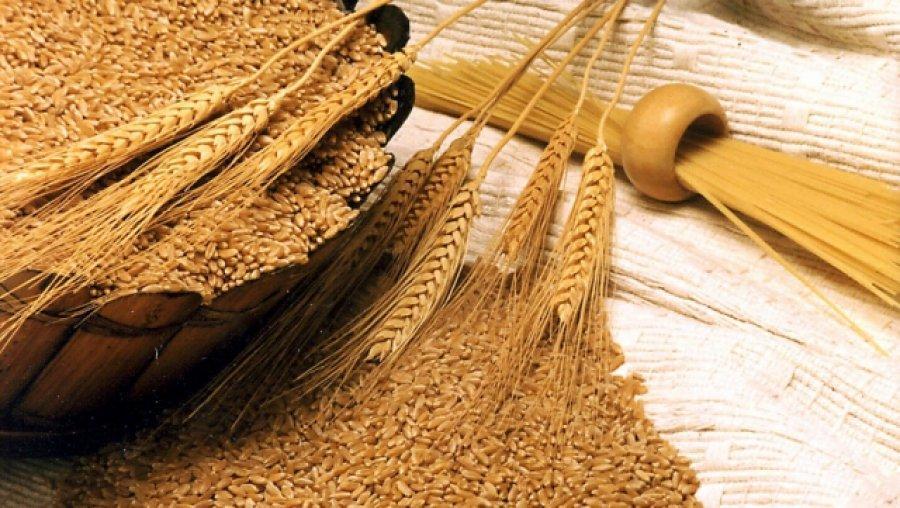Analyst Inna Stepanenko said that Australia may overtake Ukrainian wheat in its main export destination and Indonesia continues to hold the position of the second largest importer of wheat in the world. In the 2020/21 season, grain supplies there are projected at 10.8 million tons, which is slightly higher than the result of the previous MR (10.6 million tons).
“Maintaining high demand for imported wheat by this country plays into the hands of Ukrainian exporters, as Indonesia is one of the largest buyers of grain from Ukraine. This direction was key for shipments of Ukrainian wheat in 2017/18 MY (2.3 million tons) and 2018/19 MY (2.6 million tons). In 2019/20 MY Egypt pushed Indonesia from the first place in the ranking of importers, but the volume of supplies of Ukrainian grain to the Asian country continued to grow, reaching 2.9 million tons last season, “- said the expert.
This season, Ukraine continues to actively ship wheat to Indonesia. Since the beginning of the MR (July-November), grain exports in this direction have already exceeded 2.2 million tons, which is almost the same as in the same period last season.
Inna Stepanenko noted that grain supplies from Ukraine to Indonesia are mainly shipped in the first half of the season. In the coming months, the export of Ukrainian wheat is expected to slow down, which will be due to both the seasonal decline in supply in the country and the fact that as of December 1, Ukraine has already exported 67% of grain stipulated in the Memorandum of Understanding signed by grain participants. business and the Ministry of Economic Development, Trade and Agriculture of the country (17.5 million tons).
It is also worth noting the increased competition in the Indonesian market from Australia, for which the Asian country is a key importer of wheat. In recent years, Ukraine and Australia compete closely in this market, occupying a leading position in terms of supply. Unsatisfactory for Australia 2018/19 MY and even more so 2019/20 MY allowed Ukraine to strengthen its presence in the Indonesian market, but the situation with the gross grain harvest in the current season has changed dramatically, “- said Inna Stepanenko.
Australia is projected to harvest 28.5 million tonnes of wheat, the third-largest in history and to supply 19 million tonnes of grain (+ 9.5 million tonnes) to foreign markets, of which at least 2 are expected. 5 million tons will be destined for Indonesia.
The return of Australia to the ranks of strong competitors did not cause significant damage to Ukrainian exports due to the large capacity of the Indonesian market and the earlier entry of Ukrainian wheat into the market. In the second half of the 2020/21 MY, the pressure from Australia will be significant, but the main volumes of Ukrainian grain have already been delivered to Indonesia,” the expert said.
According to her, the later start of the marketing year in Australia allowed Ukraine to supply large quantities of wheat to Indonesia, despite the significant rise in grain prices this season. Australian products are currently offered at more competitive prices, its wheat is one of the cheapest on the world market, which gives it a good competitive advantage.
She added that in addition, on July 5, 2020, the Comprehensive Economic Partnership Agreement between Indonesia and Australia entered into force. This agreement provides, among other things, duty-free delivery of 500 thousand tons of Australian feed grain (wheat, barley and sorghum) to Indonesia in the first year of the agreement. In the future, it is planned to increase this volume annually, which is likely to have a positive impact on the supply of Australian grain to the Indonesian market.
Summing up the above, I would like to note that in 2020/21 MY Indonesia will remain one of the key markets for wheat both globally and for Ukraine in particular. The restoration of Australia’s position in this direction will cause major damage to Argentina, whose export potential will weaken under the influence of La Niña. In turn, Ukrainian exporters have already managed to “bite off a large piece of Indonesian pie,” and the slowdown in shipments to the South Asian country in the second half of the season will be traditional, “- summed up Inna Stepanenko.







